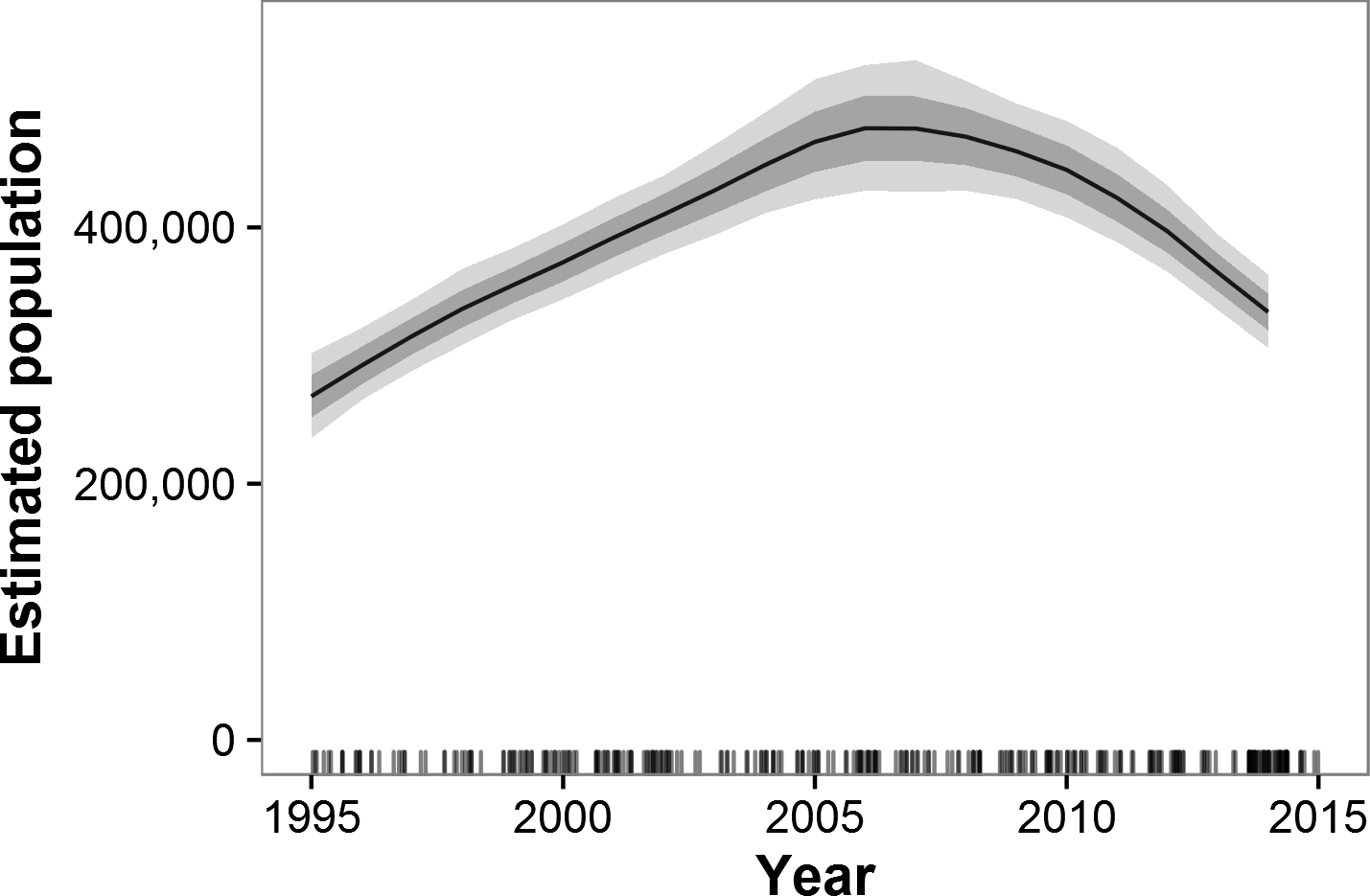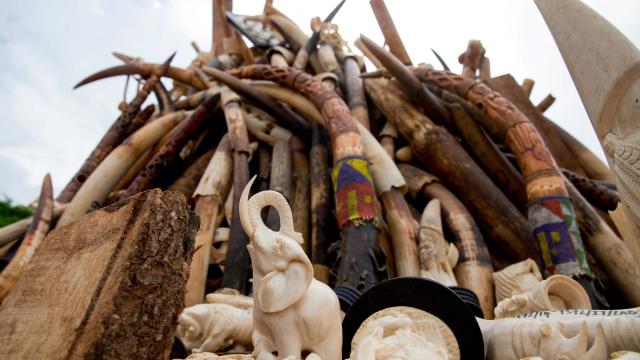Illegal ivory comes from dead elephants. It comes from elephants that were killed recently, and if you try to argue otherwise, you’re wasting everyone’s time. Hidden ivory stockpiles are not the problem. Freshly slaughtered elephants are, and now, science can prove it.
Image: Andrew Harnik/Associated Press
African elephant populations are in free-fall thanks to humanity’s insatiable demand for ivory. But despite the seemingly obvious connection between fewer live elephants on the African savannah and a surge in the amount of ivory on the black market, there’s a lot of confusion surrounding where illegal ivory comes from from. There’s a persistent idea that corrupt governments are fuelling the trade, through vast storehouses of ivory stockpiled long ago.
Now, the issue can finally be laid to rest. In a new study published in the Proceedings of the National Academies of Science, a team led by Thure Cerling at the University of Utah used carbon-14 dating to determine the precise age of 231 tusks confiscated between 2002 and 2014. Their findings? Only four of the specimens were more than five years old, and most ivory samples were from elephants killed less than three years ago.
A survey published earlier this year found that African elephant populations have declined nearly 30 per cent from 2007 to 2014. That amounts to 144,000 magnificent animals killed in the name of household decorating.

Estimated trends in African elephant populations from 1995 to 2014. A surge in poaching for ivory since 2006 is responsible for the recent decline.
“This is another method of seeing what’s happening, independent of the elephant count,” Cerling said in a statement. “It corroborates the count.”
According to the study, most ivory from East Africa hails from animals killed less than a year ago, while ivory from Central Africa tended to be more than two years old. This, the researchers say, suggests East African elephant populations — which live in more exposed savannah environments — may be easier to slaughter en masse, resulting in large shipments of fast-moving product.
That product is making its way all over the world, from jewellery shops in Hong Kong to antique stores in New York. It is even being sold as “legal” ivory. So, next time you’re imagining how attractive that “vintage carved tusk” would look on your living room mantle, just think how much better it would look on the elephant it (perhaps very recently) belonged to.
[Proceedings of the National Academies of Science via Nature News]
